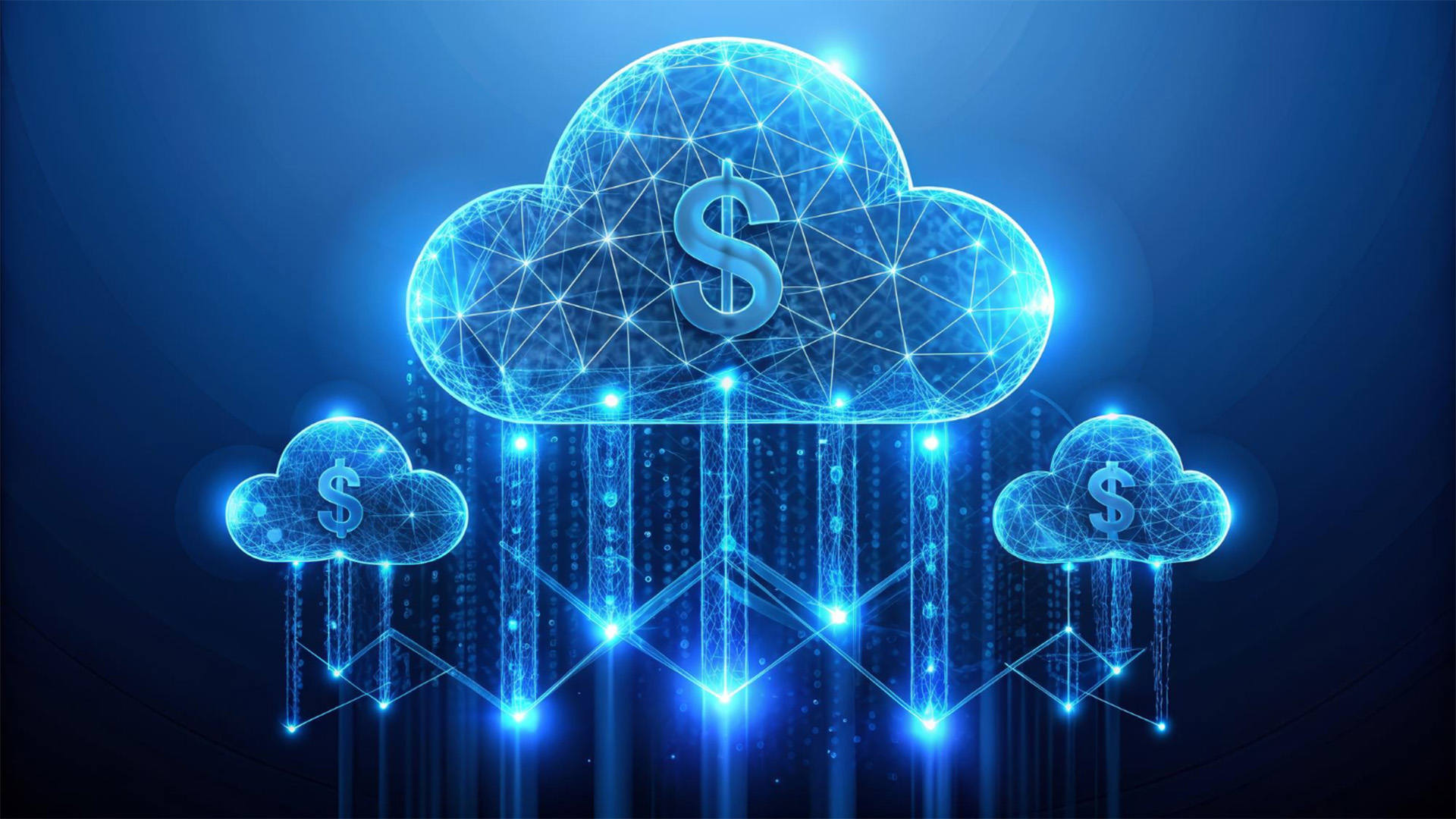Cloud Compliance Meeting Industry Standards Like GDPR, HIPAA, and SOC 2
As businesses move to the cloud, compliance with specific benchmarks is no longer optional, but rather an unequivocal necessity. Global enterprises must ensure that their cloud infrastructure complies with frameworks such as the General Data Protection Regulation (GDPR), Health Insurance Portability and Accountability Act (HIPAA), and SOC 2 among other frameworks.
Cloud Compliance is a perpetual requirement, changing with new regulations, technologies, and cyber threat landscape. Achieving compliance will make organizations more trustworthy with customers, while at the same time protecting them from severe fines and damage to their reputation.
At Rapyder, we understand that Cloud compliance goes hand in hand for any secured cloud transformation. With crafted solutions combining deep cloud knowledge, proactive governance, automation, and meticulous compliance, we guide businesses in attaining regulatory compliance. Rapyder ensures clients’ cloud environments are compliant and secure at all times.

Why is Cloud Compliance Needed?
Gartner indicates that over 70% of organizations will require multi-cloud compliance due to global regulations and industry-specific mandates, by the year 2026. Such things will add non-compliance fees in millions, operational disruptions, and legal complications that will prove costly.
Having a cloud provider means that the organization operates under shared responsibility, and thus fully understanding their part entails documenting: configuration of encryption, data access control, constant monitoring, logging, and regular audits.
Statista’s survey published in 2024 showed that 68% of IT executives viewed compliance as the most challenging factor in multi-cloud environments, demonstrating an issue with increasing complexity across regions.
GDPR: Safeguarding the Privacy of Cloud-Hosted Personal Data
GDPR explains the law concerning the personal data of citizens of the EU, placed under the enforcement banner of the European Union. If any company stores or processes this data, no matter where in the world they are located, they need to comply with it.
Main Requirements for Complying with GDPR in the Cloud:
- Data Encryption: Applicable when data is being sent and when it is idle.
- Data Minimization: Data gathered must be limited to what is absolutely essential.
- Consent Management: There needs to be an explicit declaration regarding the processing of data by the user.
- Right to Erasure: Users have the right to ask for the elimination of their sensitive information.
- Notification of a Data Breach: Inform breaches to the affected parties within a period not exceeding 72 hours.
Inability to fulfill these requirements can lead one to a consequence of paying fines reaching horizons of twenty million euro or four percent of the total revenue earned in a year internationally, whichever figure is greater. Companies offering services like AWS, and Azure alongside Google Cloud, provide the services but it still remains the responsibility of the organizations to set up and use these tools appropriately.
HIPAA: Protecting Healthcare Information
In the US healthcare sector, organizations dealing with Protected Health Information PHI are required to maintain HIPAA compliance. This incorporates hospitals, insurance entities, healthcare providers alongside their business partners.
Main Requirements for Cloud HIPAA Compliance:
- Access Control: Ensure PHI can only be accessed by authorized users.
- Audit Controls: All handling of PHIs must be recorded and monitored.
- Data Integrity: Protect PHI from improper alteration or destruction.
- Transmission Security: Ensure PHI is safe during transmission within networks.
- BAAs: Business Associate Agreements (Cloud Service Providers) must sign BAAs for compliance acknowledgement.
Violations can incur fines ranging between $100 to $50,000 per violation, and up to $1.5 million sum annually per provision. Services offered by primary cloud providers are HIPAA eligible, however, organizations must perform thorough risk assessments and set up services properly.
SOC 2: Building Trust Through Controls
Social SOC 2, created by American Institute of CPAs (AICPA), works with trust service principals: Security, Availability, Processing Integrity, Confidentiality, Privacy.
Key Elements of SOC 2 Compliance:
- Security: Control unauthorized access at system level.
- Availability: Systems must be functioning and responsive per service level agreements.
- Processing Integrity: Processing must be performed timely and accurately.
- Confidentiality: Limit sensitive information access to authorized entities.
- Privacy: Limit organization’s personnel access to predetermined policies governing privacy.
SOC 2 is particularly important for cloud service providers and software as a service (SaaS) company. An organization demonstrates that it has adequate controls in place over a period (usually six months to a year) with a SOC 2 Type II report. This increases client trust and is typically required in vendor evaluations.
Approaches to Achieve Cloud Compliance
- Select Cloud Service Providers with Compliance Certifications: Choose cloud service providers who already possess compliance certifications.
- Utilize Compliance Automation: Use tools like “compliance-as-code” to maintain, check, and modify configurations.
- Run Routine Audits: Conduct audits both internally and through outside parties on a regular basis.
- Set Compliance Training: Train employees on their compliance roles within the organization.
- Classify Data: Understand what information is obtainable and apply adequate safeguards.
In The News
- British Airways (2018): Penalty of £20 million under GDPR for failing to protect personal data of 400,000 customers.
- Anthem Inc. (2015): Agreed to pay $16 million to settle HIPAA violations after a data breach exposed almost 80 million records.
- SaaS Vendors (2023-24): A 2024 TechCrunch report indicated that more than 60% of SaaS vendors reported that SOC 2 certification helped them win enterprise contracts.
The Bottom Line
Achieving compliance in the cloud is more than just avoiding punishment. It fosters an environment that is secure and prepares the organization for the future. Businesses can show their effort towards data security, reduce risks, and strengthen their posture in the market by complying with law regulations like GDPR, HIPAA, and SOC2.
Strategic partnership with the right cloud service provider helps streamline the compliance procedures, ensuring that achieving and maintaining compliance no longer feels like a daunting chore.
Oh, and did you know that the average cost of not complying with regulations is over $5.87 million (2024)? Now that is some real incentive to do things right. Know more.







